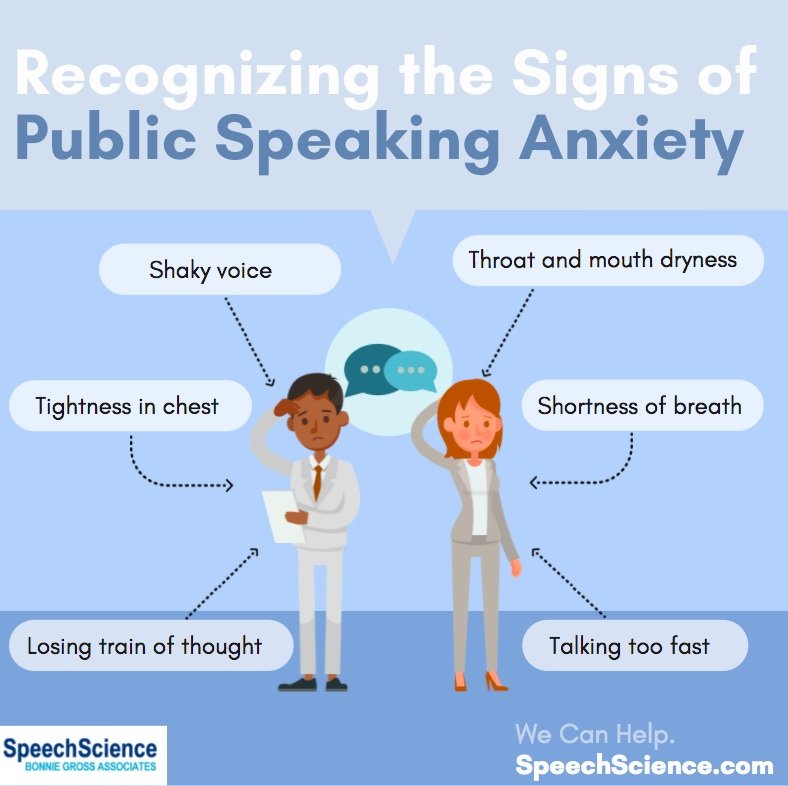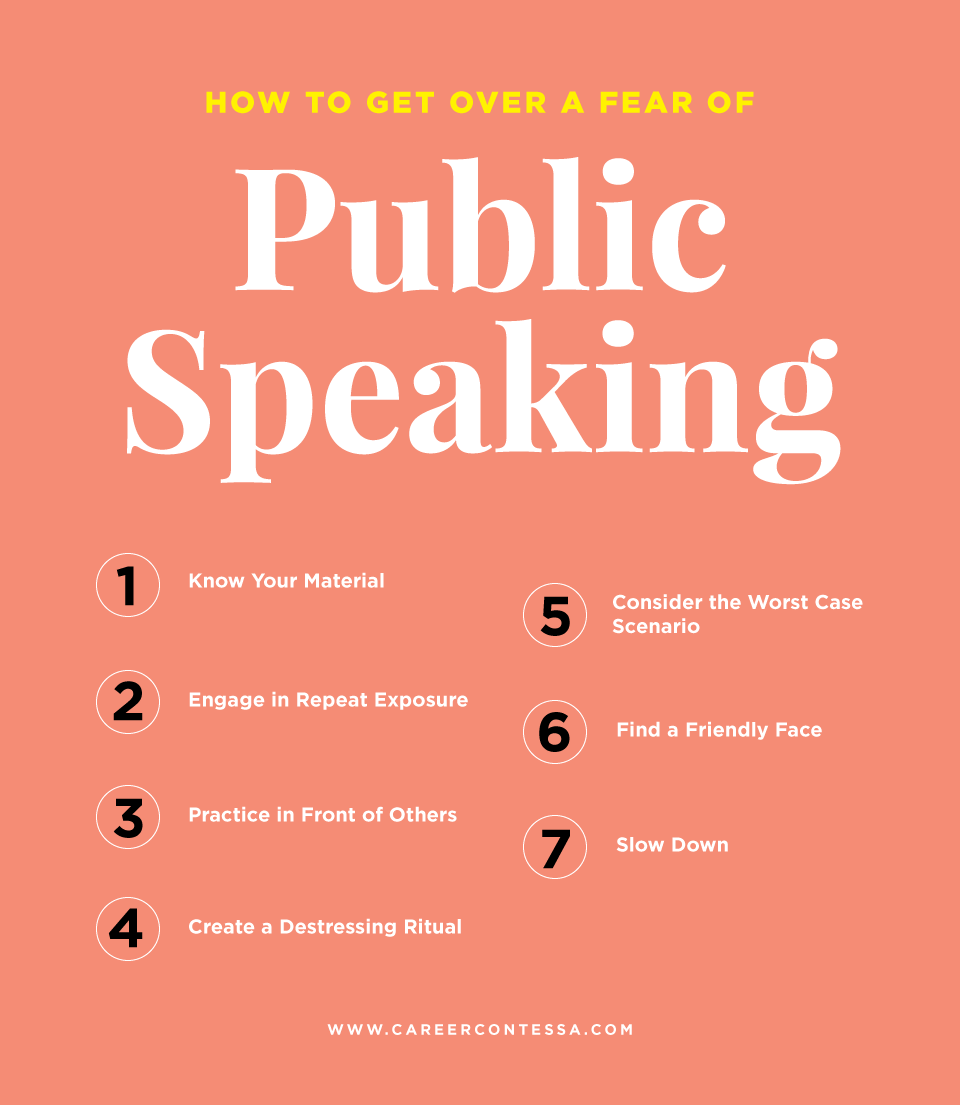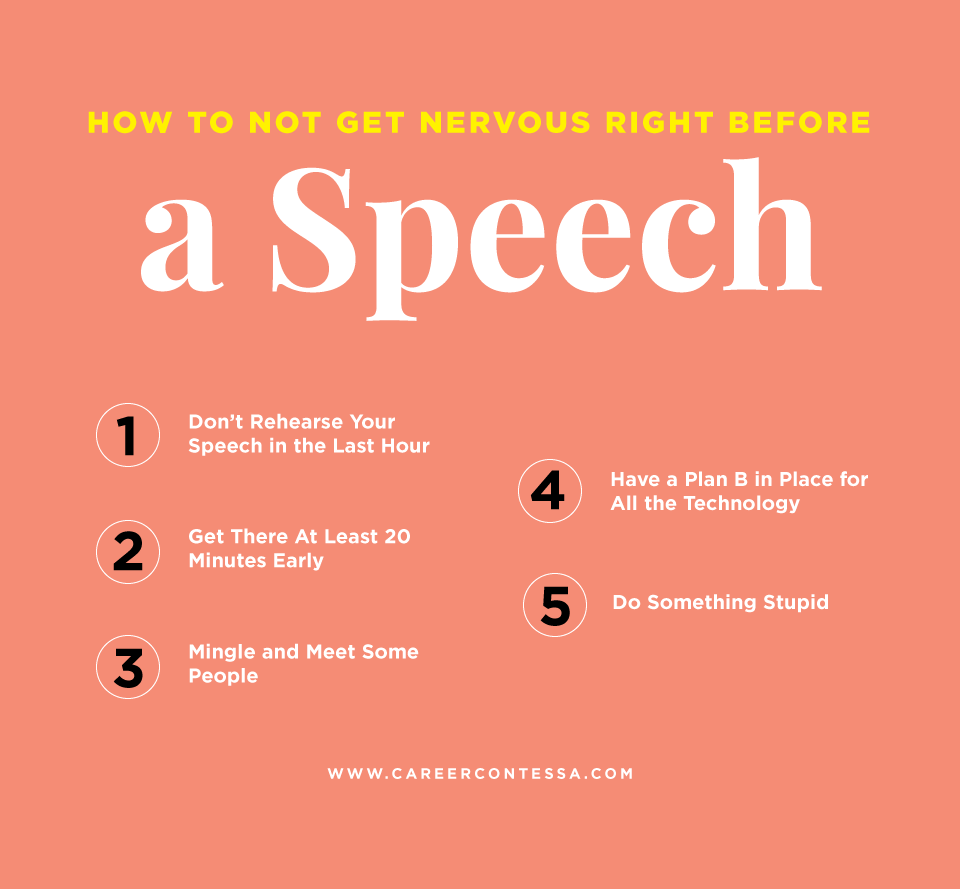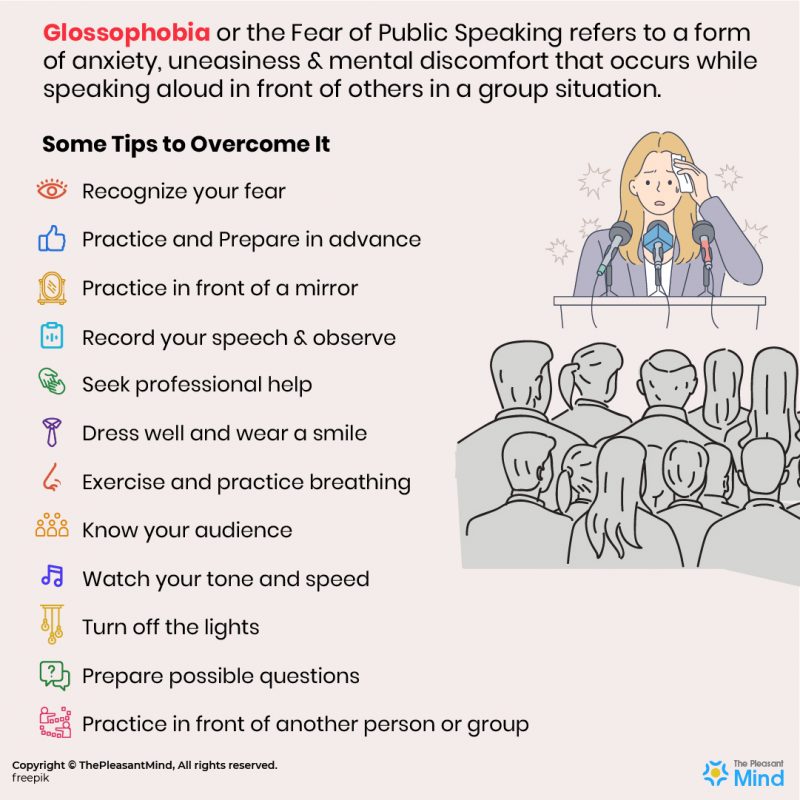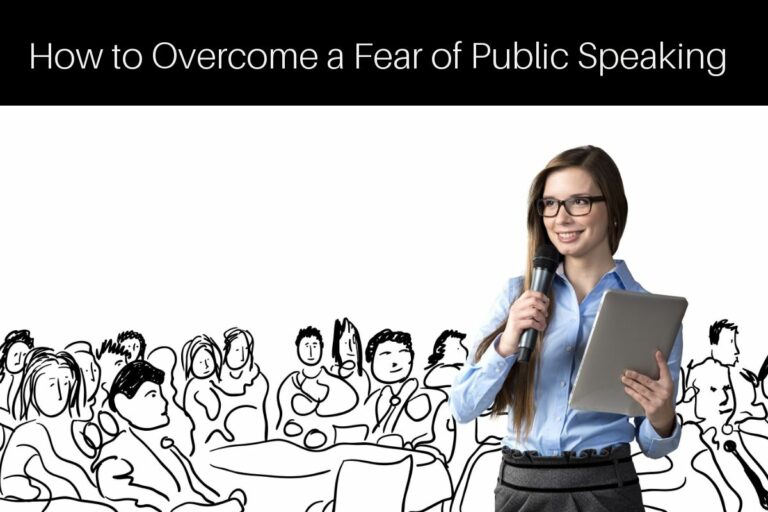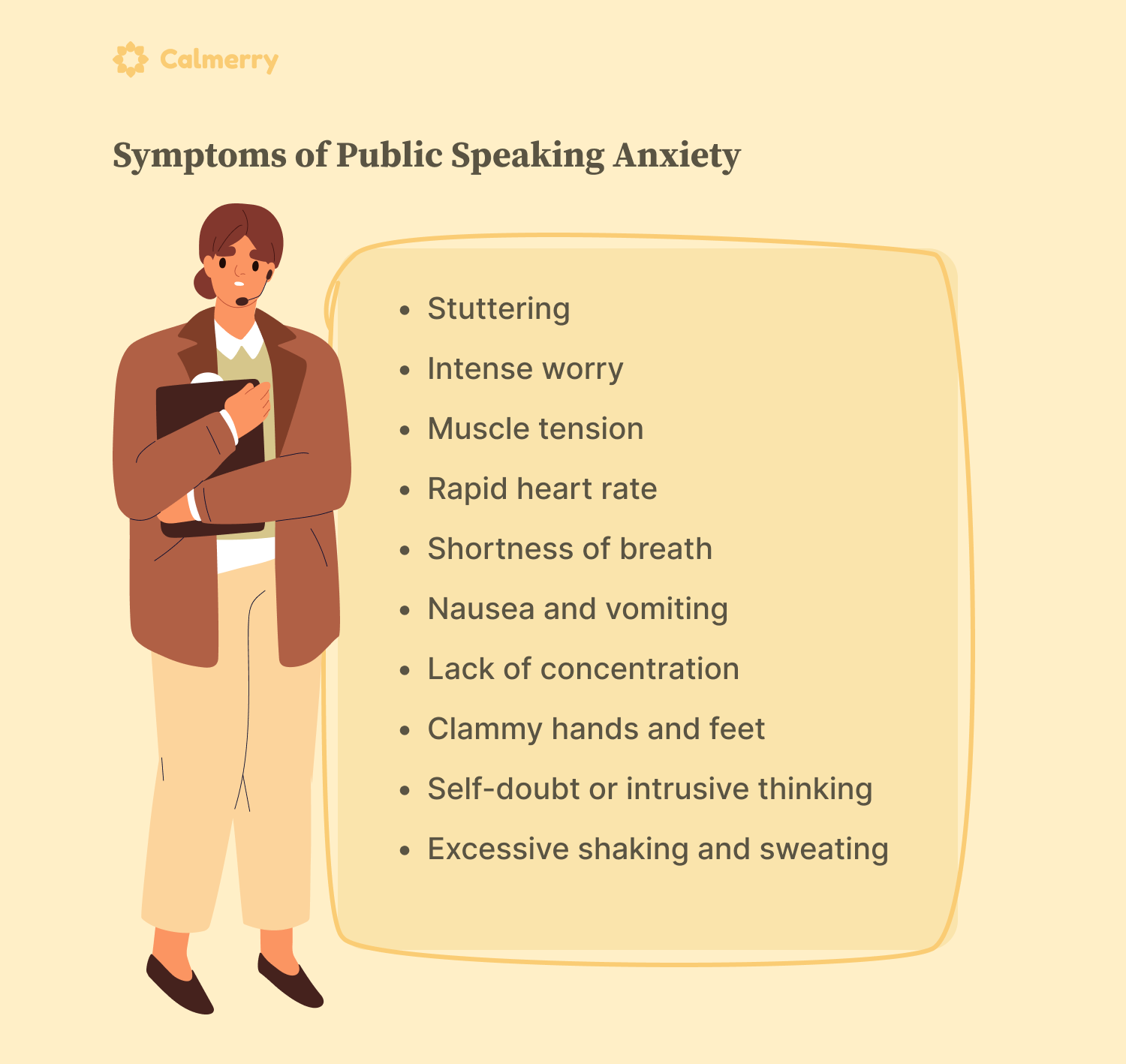How To Get Over Public Speaking Anxiety
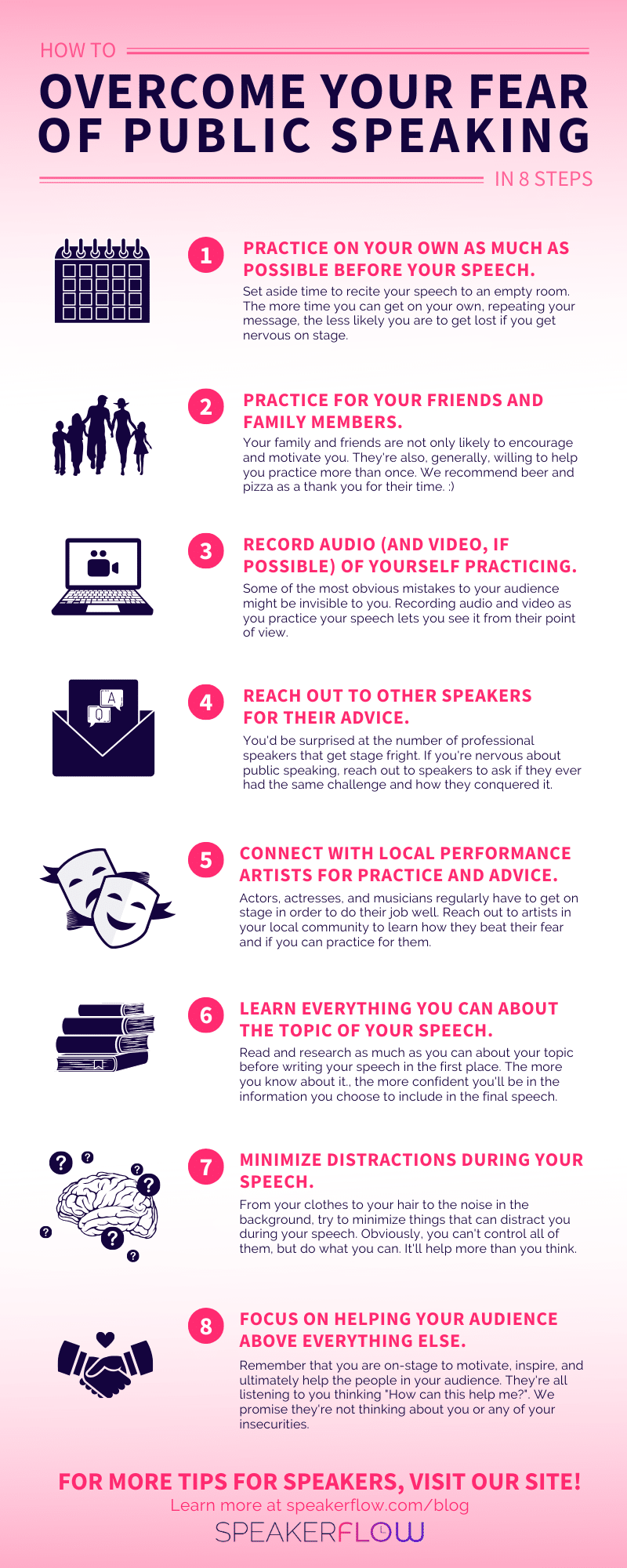
A knot forms in your stomach. Palms sweat, heart races. The spotlight glares, and a sea of faces blurs before you. For millions, this isn’t just discomfort; it’s debilitating anxiety triggered by the mere thought of public speaking. This fear, glossophobia, can stall careers, stifle personal growth, and prevent individuals from sharing valuable insights.
This article delves into evidence-based strategies to overcome public speaking anxiety. We explore techniques ranging from cognitive restructuring and systematic desensitization to practical tips for preparation and delivery, offering a comprehensive guide for transforming fear into confidence.
Understanding the Roots of Public Speaking Anxiety
Public speaking anxiety stems from a complex interplay of factors. Evolutionary biology suggests it's rooted in the fear of social rejection, a threat to survival for our ancestors. Modern psychology points to cognitive distortions, negative self-talk, and a tendency to overestimate the likelihood and severity of negative outcomes.
Studies published in the Journal of Communication have shown a strong correlation between negative self-perception and heightened anxiety levels during public speaking. Individuals who believe they are inadequate speakers are more likely to experience intense anxiety symptoms.
Cognitive Restructuring: Challenging Negative Thoughts
One powerful approach to managing anxiety is cognitive restructuring. This involves identifying and challenging the negative thoughts that fuel fear. Recognize that these thoughts are often exaggerated or based on assumptions rather than facts.
For example, instead of thinking "I'm going to fail," reframe the thought as "I've prepared thoroughly, and I'm capable of delivering a good presentation." This shift in perspective can significantly reduce anxiety.
Systematic Desensitization: Gradual Exposure to Fear
Systematic desensitization is a behavioral technique that involves gradually exposing yourself to anxiety-provoking situations. Start with imagining yourself speaking in front of a small, supportive audience. Progress to practicing in front of friends or family, and eventually, speaking in real-world situations.
The American Psychological Association highlights systematic desensitization as an effective method for reducing phobias, including glossophobia. Consistent practice helps the brain reassociate public speaking with feelings of safety and control.
Practical Preparation: Building Confidence Through Planning
Thorough preparation is crucial for reducing anxiety. Understand your audience, and tailor your message to their interests and needs. Craft a clear and concise outline, and practice your presentation multiple times.
Familiarity with your material reduces the likelihood of stumbling or forgetting key points, which in turn boosts confidence. Visual aids, such as slides or props, can also help to maintain focus and engage the audience.
Delivery Techniques: Mastering Your Presence
During your presentation, focus on maintaining eye contact with individuals in the audience. Speak slowly and clearly, and modulate your voice to add emphasis and interest. Remember to breathe deeply and pause occasionally to gather your thoughts.
Nonverbal cues, such as posture and gestures, also play a vital role. Stand tall, make purposeful movements, and use your hands to emphasize key points. Avoid fidgeting or pacing, which can signal nervousness.
Seeking Professional Help: When to Get Support
If public speaking anxiety is significantly impacting your life or career, consider seeking professional help. Therapists specializing in anxiety disorders can provide personalized strategies and support. Cognitive Behavioral Therapy (CBT) is particularly effective in addressing the underlying thought patterns and behaviors that contribute to anxiety.
Support groups can also provide a safe and understanding environment to share experiences and learn from others. Remember, seeking help is a sign of strength, not weakness.
Embracing Imperfection: Accepting the Inevitable
No one is perfect, and even experienced speakers make mistakes. Embrace imperfection and accept that you may stumble or forget a point. Don't dwell on minor errors; instead, focus on regaining your composure and continuing with your presentation.
The audience is often more forgiving than you might expect. Authenticity and passion can often compensate for minor imperfections. Turn a perceived mistake into a teachable moment, showing humility and your ability to adapt.
Looking Ahead: Transforming Fear into Opportunity
Overcoming public speaking anxiety is a journey, not a destination. With consistent effort and the right strategies, you can transform fear into an opportunity for growth and empowerment. As Dale Carnegie famously said, "There are always three speeches, for every one you actually gave. The one you practiced, the one you gave, and the one you wish you gave." Each experience, good or bad, offers a chance to learn and improve.
By embracing challenges and continuously refining your skills, you can unlock your potential as a communicator and inspire others with your voice. This newfound confidence extends beyond public speaking, influencing other facets of life and career, proving that mastering the stage is mastering oneself.
